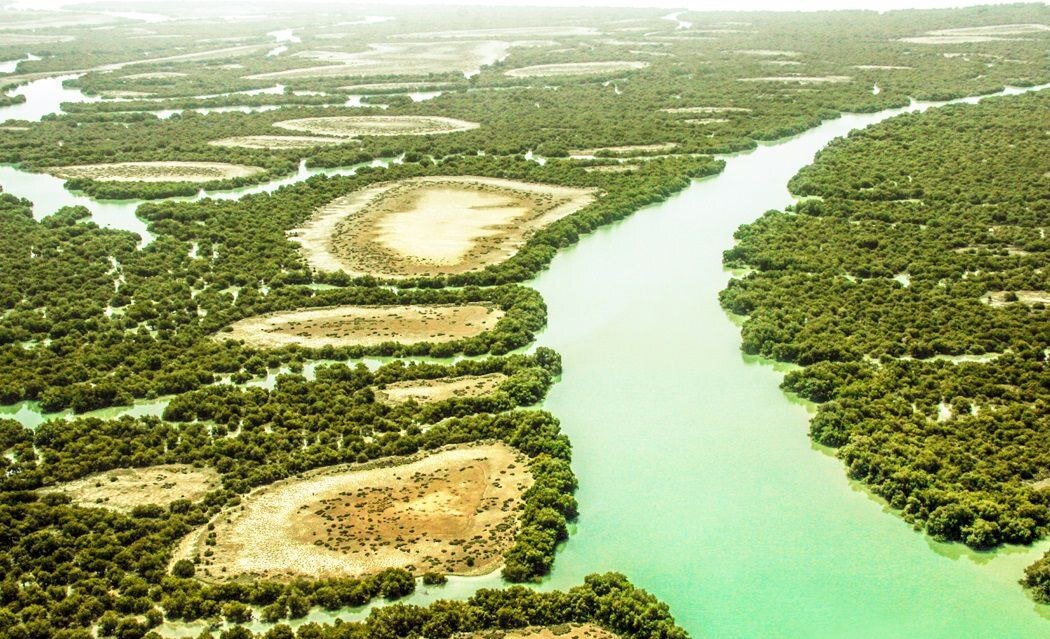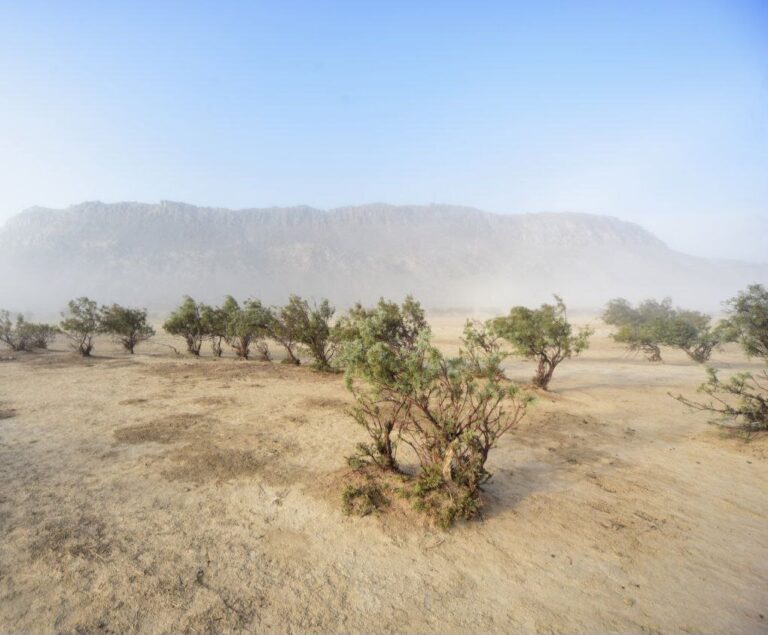Urgent Alert: Researchers Highlight Critical Threat of Mangrove Loss in the Persian Gulf
Recent research conducted by the National Institute of Oceanography reveals that the mangrove ecosystems in the northern Persian Gulf are under significant threat from various environmental and anthropogenic pressures. This study highlights the critical importance of mangrove trees, which serve as a vital component of our marine environments, supporting numerous species and contributing to ecological stability.
Mangrove forests, often referred to as the “wonders of the marine environment,” provide a plethora of benefits, including:
- Habitat Creation: Mangroves offer shelter to diverse species such as birds, fish, and crustaceans, while also supporting some terrestrial animals.
- Soil Stabilization: These forests play a crucial role in stabilizing coastal soil and protecting against erosion.
- Carbon Sequestration: Mangroves can store approximately 6 to 8 tons of carbon per hectare of soil annually, aiding in the fight against climate change.
- Flood Mitigation: The ecological structure of mangroves helps in reducing flood risks by absorbing excess water.
In Iran, mangrove forests predominantly consist of the Avicenna marina, locally known as Hara, named in honor of the renowned 11th-century scientist Avicenna (Abu-Ali-Sina). The study conducted on the Mangroves of Dayyer City (MDC) employs a multidimensional approach that utilizes satellite imagery, drone technology, and field measurements to assess the ecological dynamics of these vital ecosystems.
Analysis of satellite imagery from Google Earth covering the years 2011 to 2022 indicates significant fluctuations in the area of mangroves within Dayyer City. The findings reveal:
- In 2011, the mangrove forest covered an area of 2.2 hectares.
- By 2015, due to afforestation efforts, the area increased to 3.2 hectares.
- However, by June 2022, this area had decreased to 1.7 hectares due to rapid degradation.
One of the major contributing factors to this degradation was the construction of a nonstandard road and a bridge in 2018, which obstructed the natural freshwater flow from upper areas. This obstruction has been identified as a significant cause of the decline in mangrove health.
Drone-based observations conducted in March 2023 revealed that a staggering 44 percent of the healthy mangrove areas had suffered damage. Additionally, field measurements taken in November 2023 indicated that salinity levels at MDC were higher in comparison to other nearby mangrove regions.
Principal Component Analysis (PCA) highlighted environmental condition differences between MDC and two other sampled habitats, Nayband and Melgonzeh. This disparity underscores the importance of long-term, multi-stressor monitoring at various points within the ecosystem to ensure effective management.
By examining local variations in salinity and their effects, this case study emphasizes the necessity of considering site-specific conditions when evaluating mangrove health and the impact of salinity stress.
The research also draws attention to the urgent need for addressing human-induced threats to mangrove ecosystems. Key recommendations include:
- Implementing urgent conservation and management strategies to mitigate anthropogenic pressures.
- Incorporating climate change impacts into conservation planning.
- Developing integrated conservation strategies that combine restoration efforts with mitigation plans for both human-induced and climate-related stressors.
As rising temperatures and sea levels, along with increased salinity, pose long-term threats to mangrove forests, it becomes essential to enhance their resilience through comprehensive conservation practices.
Despite the numerous challenges that mangrove forests face, proactive conservation efforts, community involvement, and sustainable management practices can significantly contribute to the preservation and restoration of these critical ecosystems. Regular assessments of mangrove ecosystems are vital for ensuring sustainable management and the well-being of both natural environments and the human communities that depend on them.
Failure to address these pressing challenges could lead to irreparable consequences, posing major threats to the environment and biodiversity. The survival of mangrove ecosystems is crucial not only for marine life but also for humanity’s future.






